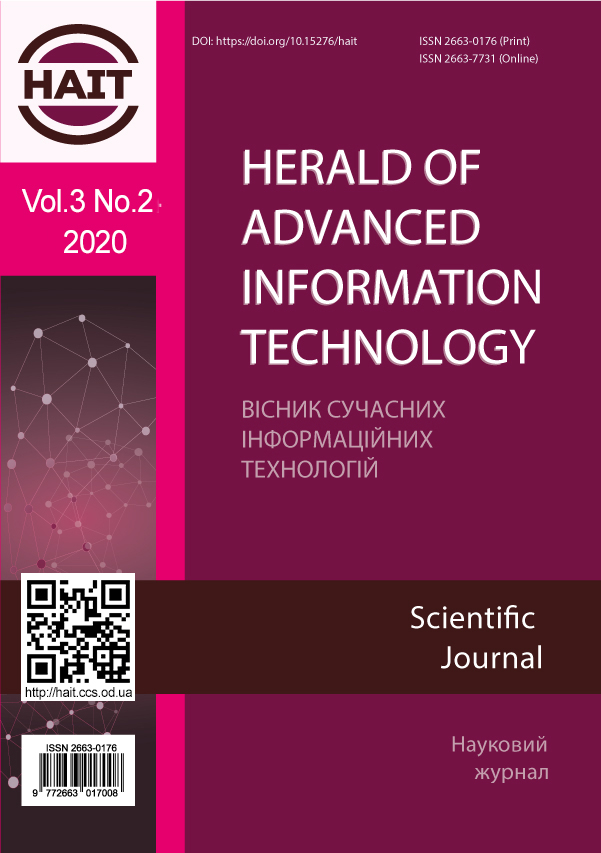Визначення характерних точок електрокардіограм з допомогою мультистартової оптимізації з використанням вейвлет-перетворення
Main Article Content
Анотація
Приведений опис основних етапів методу визначення координат нестаціонарних періодичних сигналів. Цей метод заснований на мультистартовій оптимізації з використанням вейвлет-перетворення. Приведені основні етапи ба-зової форми мультистартового методу оптимізації з використанням вейвлет-перетворення. Приведені результати дослі-дження завадостійкості, погрішності пошуку екстремуму асиметричної і мультимодальної тестових функцій. Основні етапи пошуку екстремуму з використанням цього методу використані для визначення координат екстремумів нестаціо-нарних періодичних сигналів. Цей метод використаний для діагностування на базі електрокардіограм у телемедицині. Цей метод дозволив визначити координати характерних фрагментів для електрокардіограм. Методика оцінки координат цих характерних фрагментів електрокардіограм та інтервалів між ними заснована на мультистартовій оптимизації з вико-ристанням вейвлет-перетворення. Описані основні етапи цієї методики. Проведена оцінка погрішності оцінки довжини інтервалів між характерних фрагментів і оцінено завадостійкість такої оцінки при зростанні рівня шумів. Відносна пог-рішність визначення довжини інтервалів між характерними фрагментами склала менше ніж 4% при відношенні сиг-нал/шум по амплітуді до 10. Ці результати дозволяють рекомендувати розроблений метод для використання в інформа-ційних технологіях для автоматизованих систем підтримки прийняття рішень в різних областях, уключаючи телемедици-ну, в умовах зростання рівня завад ЕКГ сигналу. Для подальших досліджень планується розробити методологію оцінки інших параметрів QRS і PT комплексів в ЕКГ, знижуючи вплив крайових ефектів при оцінці координат екстремумів.



